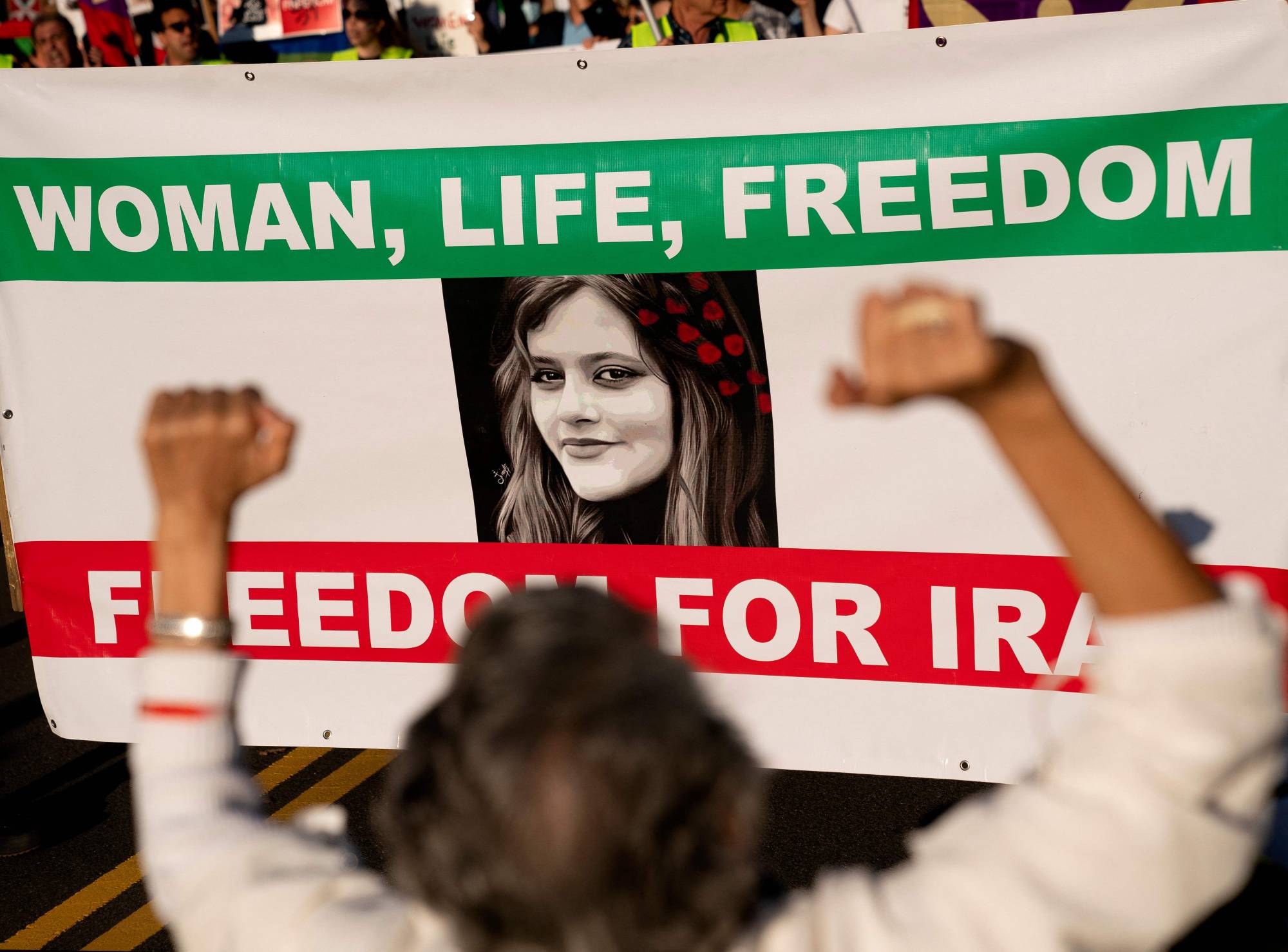Tens of thousands of women in Iran have taken to the streets in anti-government protests, courageously removing their hijabs in solidarity with Mahsa Amini, a 22-year-old woman, who was arrested by the Iranian morality police for wearing a head scarf in an “improper” way and who died under suspicious circumstances while in custody in mid September.
And in a more recent incident just this month, a 16-year-old school girls was allegedly beaten to death after she refused to sing an anthem praising Iran’s supreme leader. Government security forces purportedly entered her classroom and demanded she and other girls in the class take part in the singing. They are said to have attacked the students after they refused.
Since the death of Amini, it is estimated that more than 200 people, including women, have died amid the government’s crackdown on the demonstrations.


















With your current subscription plan you can comment on stories. However, before writing your first comment, please create a display name in the Profile section of your subscriber account page.